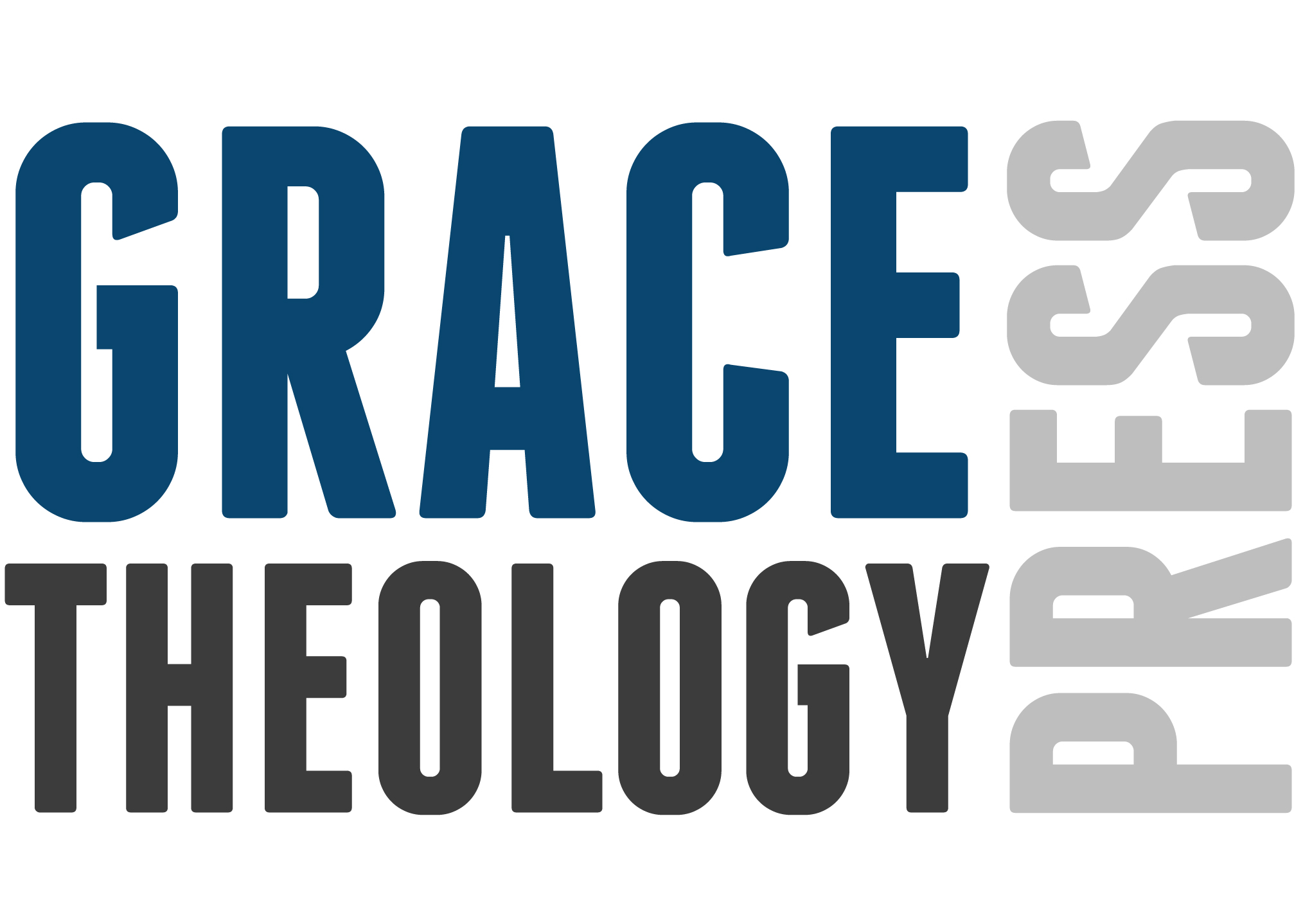As most students of the Bible know, hermeneutics is the key to most every interpretive question. As evangelicals, we know that the Bible is inspired and inerrant, and therefore our hermeneutical procedure is to look for the normal, plain interpretation of the text. In today’s modern / postmodern world, many evangelicals are seeking to make the Bible more relevant, not by simply applying the text indirectly, but by imposing additional, deeper meaning to the texts so that it can be applied to topics unknown in the first century that have become problematic in the 21st century. One of the hermeneutical theories and tools designed to do this is what is called “trajectory hermeneutics.” Pastor Robert Bradley provides a 3-blog series that will define, defend, and show the deficiencies of this hermeneutical approach.
Trajectory Hermeneutics Defined
By: Randy Bradley
Defining Trajectory Hermeneutics is no small task. The effort is complicated by its diverse proponents, evolving nature, and flexible terminology. Trajectory Hermeneutics is an umbrella term, used more frequently by detractors than by adherents. Other names for Trajectory Hermeneutic include “Redemptive-Movement Hermeneutics,” and “Developmental Hermeneutics.”[1]
 Trajectory Hermeneutics includes all systems that seek to follow a projected arc in the Biblical narrative past the words on the page to their ultimate conclusion. In general, Trajectory Hermeneutics is a process that seeks to, as Webb (primary proponent of TH) states, “engage the redemptive spirit of the text in a way that moves the contemporary appropriation of the text beyond its original-application framing.”[2] The goal of Trajectory Hermeneutics is to find a deeper meaning[3] behind the text and project its arc to a terminus, creating current cultural applications that extend beyond the norms found in the Bible. Many of those engaging in Trajectory Hermeneutics as a movement have a decided focus on ethics. This priority on ethics seeks to move beyond the moral commands of Scripture. Special note should be made on the ‘movement’ of the text beyond its original application. In a genuine way, this concept is the crux of the problem with Trajectory Hermeneutics, as it relates to those wishing to adhere to a literal-historical hermeneutic. Trajectory Hermeneutics seeks to project a potential conclusion away from the author’s intended meaning to the original audience by its very definition. The lure of accommodating modern cultural norms makes TH highly seductive. As well-presented systems draw growing attention, awareness of the goals and methodology of Trajectory Hermeneutics becomes increasingly important.
Trajectory Hermeneutics includes all systems that seek to follow a projected arc in the Biblical narrative past the words on the page to their ultimate conclusion. In general, Trajectory Hermeneutics is a process that seeks to, as Webb (primary proponent of TH) states, “engage the redemptive spirit of the text in a way that moves the contemporary appropriation of the text beyond its original-application framing.”[2] The goal of Trajectory Hermeneutics is to find a deeper meaning[3] behind the text and project its arc to a terminus, creating current cultural applications that extend beyond the norms found in the Bible. Many of those engaging in Trajectory Hermeneutics as a movement have a decided focus on ethics. This priority on ethics seeks to move beyond the moral commands of Scripture. Special note should be made on the ‘movement’ of the text beyond its original application. In a genuine way, this concept is the crux of the problem with Trajectory Hermeneutics, as it relates to those wishing to adhere to a literal-historical hermeneutic. Trajectory Hermeneutics seeks to project a potential conclusion away from the author’s intended meaning to the original audience by its very definition. The lure of accommodating modern cultural norms makes TH highly seductive. As well-presented systems draw growing attention, awareness of the goals and methodology of Trajectory Hermeneutics becomes increasingly important.
[1] William Webb uses the term Redemptive-Movement Hermeneutics. Richard Longenecker labels his model Developmental Hermeneutics.
[2] William J. Webb, Slaves, Women & Homosexuals: Exploring the Hermeneutics of Cultural Analysis (Carlisle: Paternoster Press, 2003), Kindle, 44.
[3] While one might be tempted to see this search for a ‘deeper meaning’ in light of the historical sensus plenior. There are some similarities, however, one should note the significant differences in both the location of TH’s deeper meaning (at the end of a projected arc) and the methodology used to reach this deeper meaning.
Serving Him with you until He comes for us,
Fred Chay, PhD
Managing Editor, Grace Theology Press














